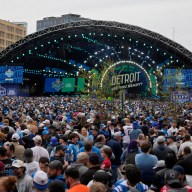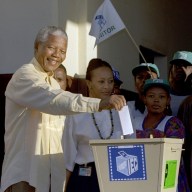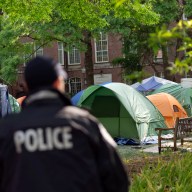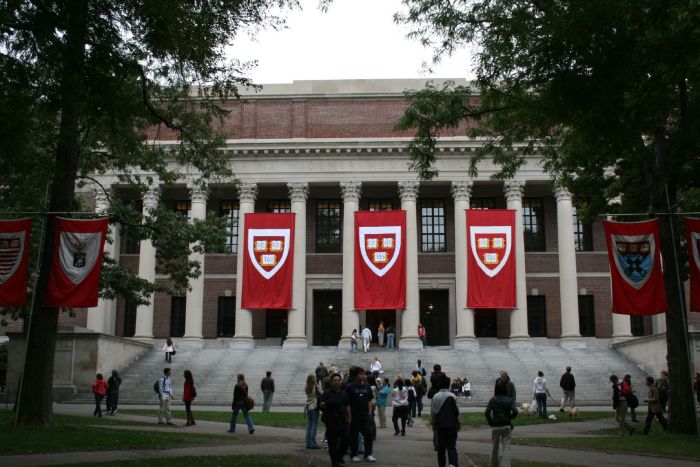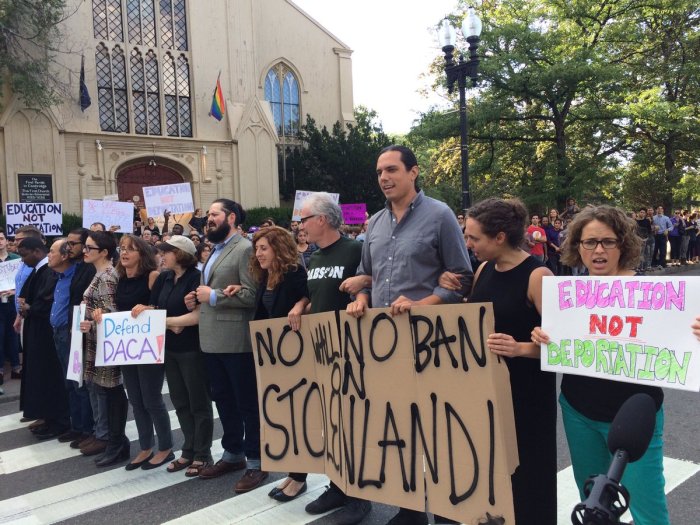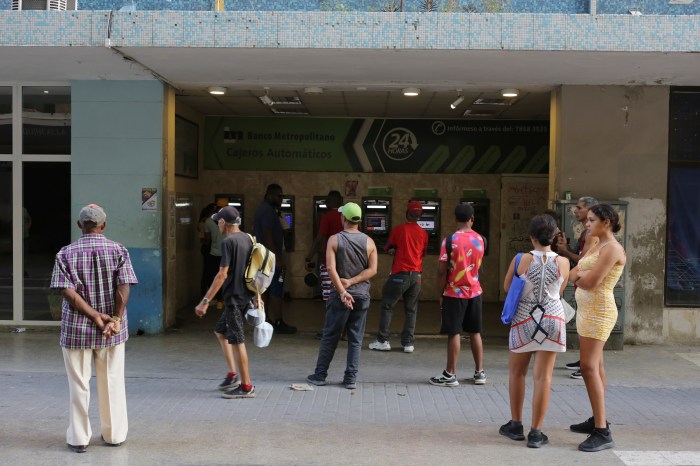After a Harvard commencement ceremony on Wednesday, hundreds of students headed off for summer vacations, proud parents flew home to tell their friends — and more than 50 lbs of unwanted vegetables and bagged lunches ended up women’s shelters and kids’ meal programs instead of being left to rot in a garbage bin. The redestribution of food from the most prestigious Ivy is just one of the efforts by Cambridge-based Food For Free, which has responded to local hunger by rescuing food that would otherwise go to waste, and distributing it to local emergency food programs including food pantries, youth programs, shelters, and more. Food For Free receives 2,500 pounds of prepared food every week from Harvard University, 40 to 100 pounds a week from MIT and 1,000 to 2,000 pounds every week from Whole Foods Market. They plan to expand its partnership with MIT in the fall, picking up excess food in all five of its dining halls starting in September. They also rescue from local restaurants, which Collins said was an easy pick up given his connections in the local restaurant world. While they have regular rescue partnerships with local facilities, companies will call for pickups all over the Greater Boston Area. After working in the cooking industry for over 20 years, Adam Collins, 49, volunteered as driver at Food For Free for three years before becoming a full-time driver.
“I love cooking, but after volunteering with these guys, I decided I wanted to take on a fulltime role here,” Collins said. “It’s a very rewarding job. We get our food from all over and we take it all over.” “I’ve walked into places where I’ve known the people working and asked if there was anything they could spare for us,” Collins said. “They end up saying ‘take whatever you want all the way down to the pots and pans.’” Founded in 1981, Food For Free has the capacity to store up to 4,000 frozen meals and an additional 6,000 meals in its cooler for defrosting until a partnering organization, shelter or meal program can receive the food. “My goal is to not bring any food back to our facilities,” Collins said. “Unless it’s a surplus that can be used the next day, the goal is to get rid of all of the food in one day.”
Once the surplus of food is picked up, the food needs to be thawed in a cooler and portioned into meals, or heated and then served. This presents another challenge as only a limited number of shelters and emergency food programs have the volunteer staff and capacity to receive and prepare such large amounts of food. Local food programs like Bread of Life in Malden and Lowell Transitional Housing are two examples of food service programs that take on large-scale deliveries from anywhere between 300 to 1,5000 pounds serving 250 to 500 meals a day with rescued food. “People don’t think there’s much need for this stuff, man,” Collins said. “We’re out here everyday in a place like Cambridge, which is considered to be a well off area, and I see people lined up at 7 a.m. at a pantry that doesn’t open until noon, you know they’re out there for a reason. I know they’re in need and I know this helps. These aren’t folks shaking a cup on the corner. A hand up and a handout are not the same thing.” As one of the nation’s first food rescue programs, Food For Free feeds more than 25,000 families annually in Greater Boston
Harvard leftovers redistributed to the poor
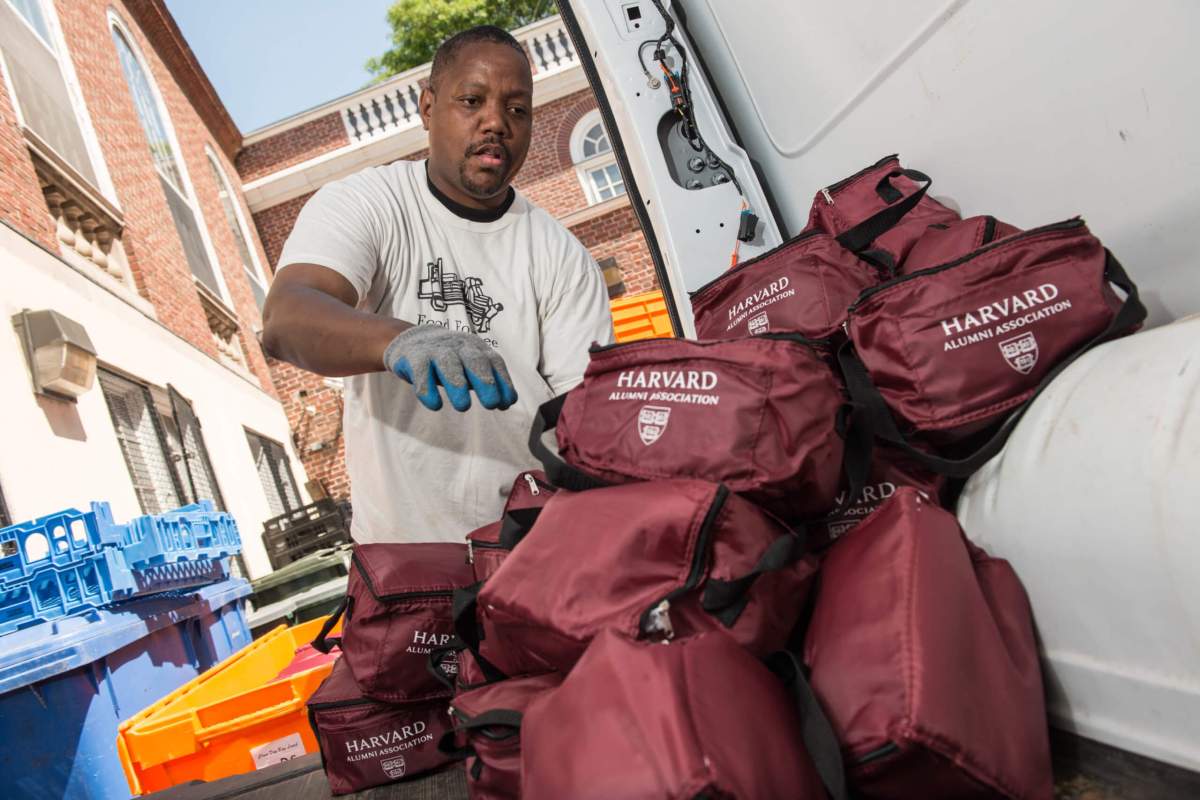
Derek Kouyoumjian




